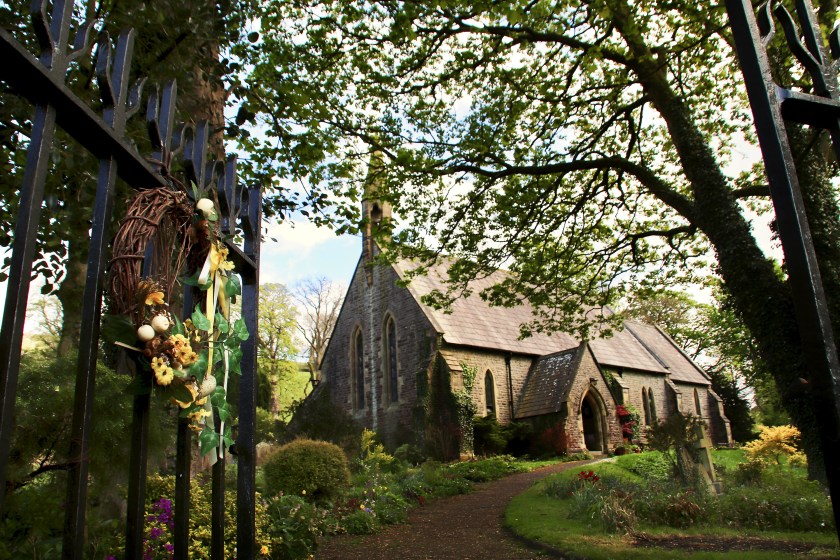
Well, that was a weird month, wasn’t it? I can’t come on here this time and brag about all the wonderful places I’ve visited and photographed recently around the Yorkshire Dales. Where I live is great, and I count my blessings that I don’t live in a city, but I still have the desire to get out and see, listen to, smell and feel different places.
Put a compass on a map and draw a radius representing an hour’s return walk from your house, and you’ll soon realise the restrictions we’ve been under. (Younger readers: maps and compasses are old fashioned tools, look them up in a book – ‘What’s a book, Granddad?’ – sorry, I mean visit Wikipedia.)

Fortunately, the River Ribble is within permitted reach for me, although it has been very low recently, and last week it resembled an abandoned quarry. In fact, I watched someone quite easily walk across the rocky bed to the other bank without getting their feet wet. I thought it was taking social distancing a bit too far, I was about 100 yards away.
I can just about manage a walk to Stainforth and back within the hour, depending on the number of camera halts needed. A same-day Settle return (with pensioner pass) is easily within reach. A trek up to Winskill Stones tests my stamina. My lack of exercise (and extra pounds) is starting to tell.

On the upside, lockdown has given me more time to investigate my family tree, something I started doing some 40+ years ago and which I’ve flitted in and out of ever since. A while back I discovered that my lot linked into a knighted Yorkshire family. During my latest investigations, I was able to follow this line even further, and it took me way back to the ancient kings of the north. The tree even ties into that of the current royal family. It seems that the Queen’s 28xgreat-grandparents were also my 31xgreat-grandparents and that we’re both related to Alfred the Great who lived in the second half of the ninth century. This is a satisfying discovery but shouldn’t be too surprising apparently, as it is thought that millions of today’s Brits are related in some way to our ancient royals. Finding the path back to them is the hard bit. I shan’t be waving serenely from my battered Polo to any passing subjects just yet.

I’ve been flicking through hundreds of old photos in my archive so that I can post a pic a day on Twitter and Facebook during the shutdown. My Daily Dales postings have helped me pass the time away. My thanks go to those who up to yesterday had clocked up nearly 90k visits on Twitter in the last 28 days, and also to my faithful family and friends on Facebook who are reacting well, too.

While rooting through my collection, I came across the above photo taken in 2013. The old stone sits lonely and exposed at the head of Coverdale just before Park Rash, the steep winding road that links Wharfedale with Coverdale, descends into Kettlewell. The tiny road was nothing but a track until the 1950s when it was first coated in tar, but it had been a monks’ way before that, and also a drovers’ road. It is believed that Iron Age people worked their way up here too, as evidence of extensive fortifications can be found (Ta Dike) across the brow of the hill. Back to the old stone, which is called Hunter’s Stone. It contains a small cross and was originally erected to guide monks traveling from Coverham Abbey to Kettlewell where they held land and took sheep to market. Local legend has it that every time the clock struck twelve at Hunter’s Hall, a few miles down the dale, the stone turned around. Hunter’s Hall is now called Coverhead Farm. Just a little bit further down Coverdale is West Close, which I’m told was once called Sod Hall. Shame they changed the name; it seems quite appropriate for today.

This weekend we rightly recognise the sacrifice made on our behalf by those who lost their lives in WW2. But I admit to feeling a little uncomfortable when people talk too much about ‘celebrations’ and ‘parties’ for VE Day. Remembrance and commemoration are more appropriate when thinking about humanity’s biggest catastrophe. Worldwide, 60 million people died during the war – take that figure in; it’s the equivalent of the whole population of the UK.

Dandelions are such useful plants for our pollinators – and therefore humans – so we shouldn’t kill them while in flower. The green in the village hadn’t been cut for some time and was covered in daisies, dandelions and clover: perhaps not too good for playing football but excellent for bees and butterflies… and it looked good, too – but perhaps only in mind, as the green has now been shorn and the bees and butterflies must now find their nectar elsewhere.

